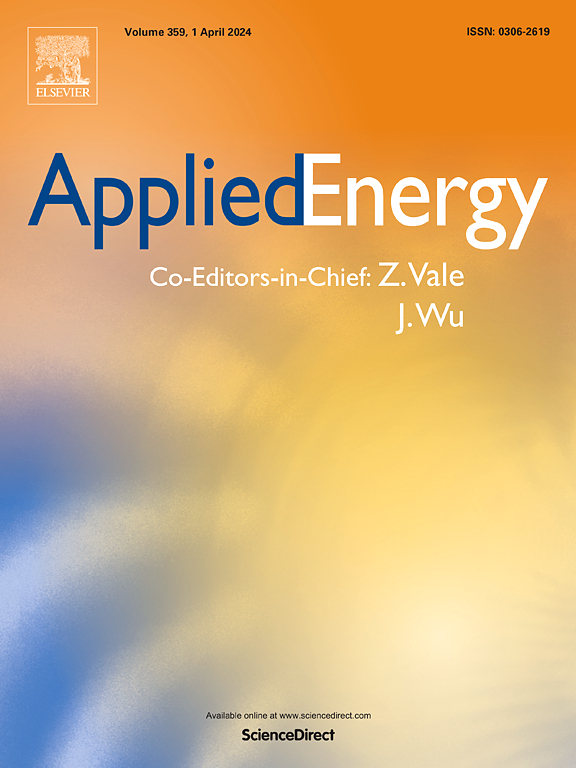Integrating user preferences and demand uncertainty in electric micro-mobility battery-swapping station planning: A data-driven three-stage model
IF 10.1
1区 工程技术
Q1 ENERGY & FUELS
引用次数: 0
Abstract
With the rapid adoption of electric micro-mobility vehicles (EMVs), the demand for efficient, user-centered battery-swapping infrastructure is rising. However, existing battery-swapping station (BSS) planning often falls short by neglecting critical elements such as user preferences and demand uncertainty. This study introduces a three-stage BSS planning framework that holistically addresses demand allocation, location-capacity optimization, and deployment adaptability under fluctuating demand. First, EMV users' preferences are integrated into a demand allocation model, capturing range anxiety and individual station selection criteria. This demand-sensitive allocation then informs a multi-objective bi-level planning model, balancing construction costs with user travel distances to BSS facilities. Finally, the model incorporates a demand uncertainty layer, supported by simulation scenarios, to create a robust facility deployment strategy that anticipates various demand fluctuations. An improved Non-dominated Sorting Genetic Algorithm II (NSGA-II) effectively optimizes this model, validated through a case study in Nanjing, producing 41 Pareto-efficient solutions. Sensitivity analysis highlights how factors like range anxiety and charging time impact BSS planning outcomes, underscoring the value of this data-driven approach. This work demonstrates that a comprehensive planning approach, integrating user behavior and uncertainty considerations, can significantly enhance the effectiveness and adaptability of EMV battery-swapping networks.
求助全文
约1分钟内获得全文
求助全文
来源期刊

Applied Energy
工程技术-工程:化工
CiteScore
21.20
自引率
10.70%
发文量
1830
审稿时长
41 days
期刊介绍:
Applied Energy serves as a platform for sharing innovations, research, development, and demonstrations in energy conversion, conservation, and sustainable energy systems. The journal covers topics such as optimal energy resource use, environmental pollutant mitigation, and energy process analysis. It welcomes original papers, review articles, technical notes, and letters to the editor. Authors are encouraged to submit manuscripts that bridge the gap between research, development, and implementation. The journal addresses a wide spectrum of topics, including fossil and renewable energy technologies, energy economics, and environmental impacts. Applied Energy also explores modeling and forecasting, conservation strategies, and the social and economic implications of energy policies, including climate change mitigation. It is complemented by the open-access journal Advances in Applied Energy.
 求助内容:
求助内容: 应助结果提醒方式:
应助结果提醒方式:


